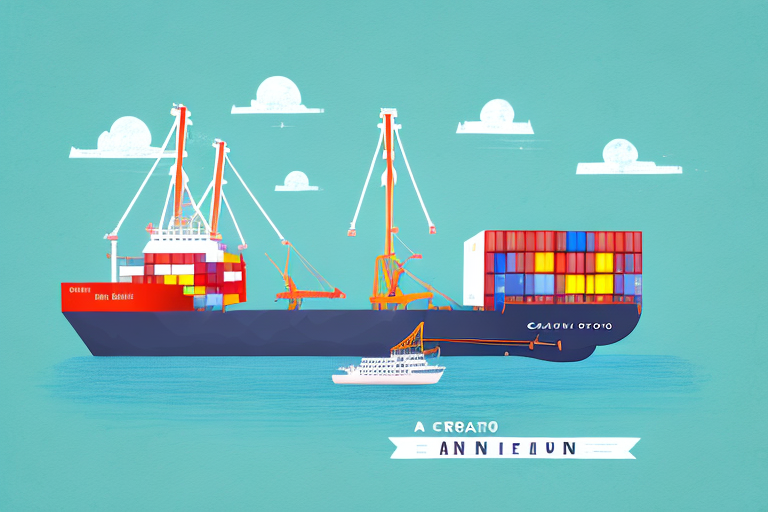Understanding the Hundredweight (CWT) Measurement
The term CWT stands for hundredweight, a unit of measurement equal to 100 pounds (45.3592 kilograms). Widely used in various industries, CWT facilitates the standardization of weight measurements, aiding in accurate pricing, shipping, and inventory management.
Definition and Significance
One CWT is equivalent to 100 pounds, making it a convenient measure for large quantities. This standardization is crucial in sectors like agriculture, manufacturing, and transportation, where bulk measurements are commonplace.
The Historical Origins of CWT
The concept of the hundredweight dates back to medieval Europe, where it was used to simplify the measurement and trade of heavy goods such as grain and coal. The term "CWT" emerged as an abbreviation for hundredweight, streamlining communication and documentation in commerce.
Evolution Over Time
In the United States, CWT was standardized to represent 100 pounds, whereas in the United Kingdom, a hundredweight is traditionally 112 pounds. This distinction highlights the variations in measurement systems across regions.
Applications of CWT in Various Industries
Shipping and Logistics
CWT is pivotal in determining shipping costs, especially for heavy or bulk items. Shipping companies often calculate freight rates based on the number of hundredweights, ensuring a transparent and standardized pricing model.
Agriculture
Farmers use CWT to measure and value crops and livestock. For instance, the price of livestock is frequently quoted per hundredweight, facilitating straightforward transactions and financial planning.
Mining and Recycling
In the mining industry, CWT is used to weigh and transport ore and other materials. Similarly, recycling facilities measure scrap metal and other recyclable materials in hundredweights to streamline processing and sales.
Converting CWT to Other Units
From Hundredweight to Pounds and Tons
To convert CWT to pounds, multiply the number of CWT by 100. For example, 5 CWT equals 500 pounds. To convert CWT to tons (US), divide the number of CWT by 20, since there are 20 hundredweights in a ton.
Metric System Conversion
While CWT is primarily used in the United States and Canada, other countries use the metric system. To convert CWT to kilograms, first convert CWT to pounds and then to kilograms (1 pound = 0.453592 kilograms).
Calculating Weight Using CWT
Calculating total weight in CWT is straightforward. For example, a shipment weighing 7 CWT would have a total weight of 700 pounds. This simplification is beneficial for both shippers and carriers, enabling quick and accurate weight assessments.
Example Calculation
- Number of CWT: 10
- Total Weight in Pounds: 10 x 100 = 1000 pounds
CWT Versus Pounds: Accuracy and Use Cases
Both CWT and pounds are accurate units of measurement, but their applicability depends on the context. CWT is more efficient for large quantities, reducing lengthy numerical representations, while pounds are preferable for precise measurements of smaller items.
The Role of CWT in Determining Freight Rates
Freight rates are often calculated based on the weight of the cargo in CWT. Accurate weight measurement ensures fair pricing and helps avoid unexpected costs associated with incorrect weight declarations.
Factors Influencing CWT Rates
- Distance of shipment
- Type of goods
- Delivery timelines
The Importance of Accurate CWT Measurements in Agriculture
Accurate measurements of weight are crucial in the agriculture industry. Farmers and ranchers must closely monitor the weight of their livestock to ensure proper care and feeding. Accurate measurements also help determine the value of crops and livestock, ensuring they meet necessary weight requirements for sale and transportation.
Calculating Animal Weights Using CWT
To calculate the weight of livestock, such as cattle, using CWT, a simple formula can be used:
- Measure the animal's girth (the distance around its midsection just behind the front legs).
- Measure its length from shoulder to tail.
- Multiply the girth measurement by itself, then multiply that result by the length measurement.
- Divide the result by 300 and round to the nearest hundredweight to determine the animal's weight in CWT.
CWT in Mining and Recycling Industries
Mining Industry
In the mining sector, CWT is used to weigh and transport ore and other materials. Standardizing weights in hundredweights simplifies logistics and ensures consistent measurement practices across operations.
Recycling and Scrap Metal
Recycling facilities measure scrap metal and other recyclable materials in CWT to streamline processing and pricing. This standardized measurement aids in efficient inventory management and sales transactions.
Conclusion
The hundredweight (CWT) is a versatile and standardized unit of measurement essential in multiple industries, including agriculture, shipping, mining, and recycling. Understanding its applications and conversion methods is crucial for accurate measurement, pricing, and efficient operational processes. By leveraging CWT, businesses can ensure consistency, transparency, and efficiency in their weight-related operations.
Further Reading and Resources
- United States Department of Agriculture (USDA) - Agricultural data and resources.
- Bureau of Labor Statistics (BLS) - Industry reports and statistics.
- National Institute of Standards and Technology (NIST) - Measurement standards and guidelines.




















